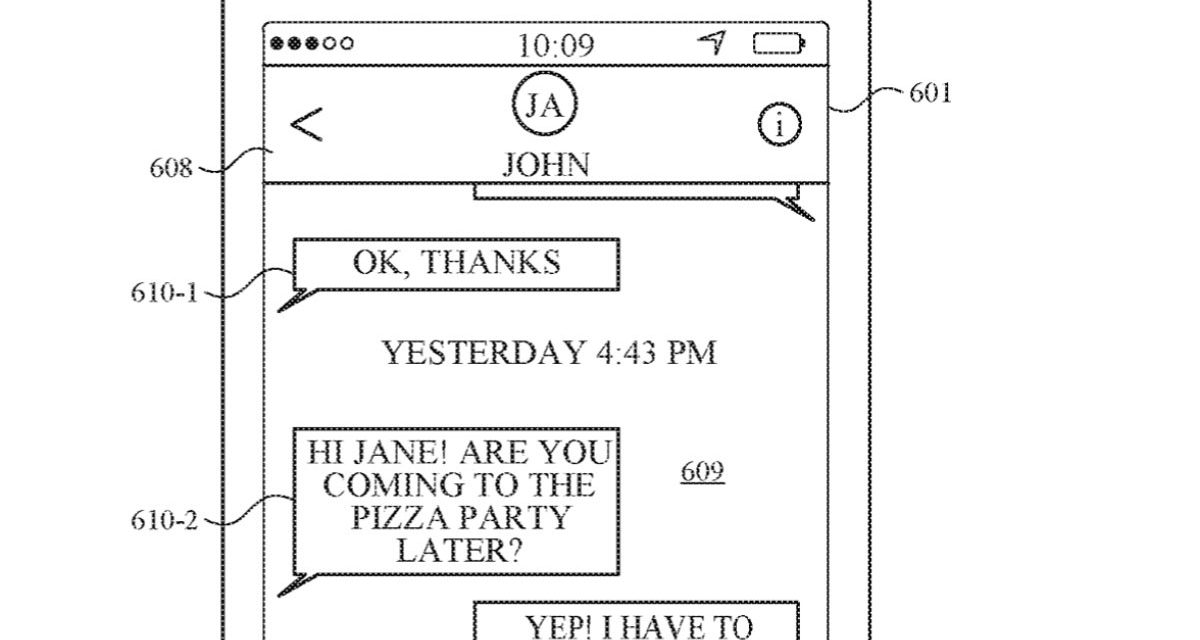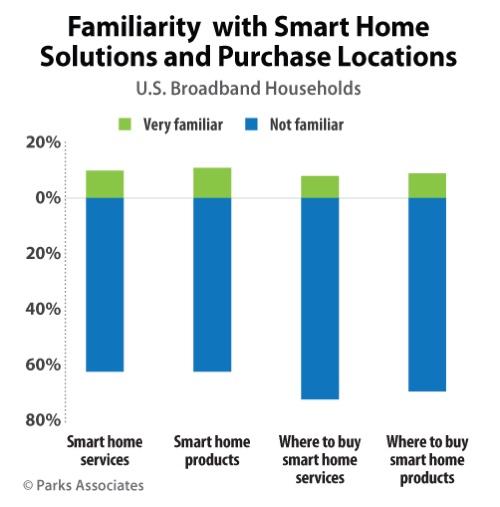Apple has been granted a patent (number 10,997,768) for emoji recording and sending. It involves the company’s Anijomi and Memoji creation features.
Animojis allow a user to choose an avatar (e.g., a puppet) to represent themselves. The Animoji can move and talk as if it were a video of the user. Animojis enable users to create personalized versions of emojis in a fun and creative way, and Memoji is the name used for iOS’s personalized “Animoji” characters that can be created and customized right within Messages by choosing from a set of inclusive and diverse characteristics to form a unique personality.
In the patent data, Apple notes that multimedia content, such as emojis and virtual avatars, are sometimes sent as part of messaging communications. The emojis and virtual avatars represent a variety of predefined people, objects, actions, and/or other things. Some messaging applications allow users to select from a predefined library of emojis and virtual avatars which are sent as part of a message that can contain other content (e.g., other multimedia and/or textual content).
However, Apple says that some techniques for generating, sending, and receiving emojis and virtual avatars using electronic devices are cumbersome and inefficient. For example, some existing techniques use a complex and time-consuming user interface, which may include multiple key presses or keystrokes.
Some other existing techniques use complex and time consuming methods for manipulating and generating emojis and virtual avatars, which may include requiring the user to provide a large number of inputs to achieve the desired emoji (e.g., desired animated or dynamic emoji). Apple says that existing techniques require more time than necessary, wasting user time and device energy. This latter consideration is particularly important in battery-operated devices.
Apple says its technique provides electronic devices with faster, more efficient methods and interfaces for sending and receiving emojis and virtual avatars. Such methods and interfaces optionally complement or replace other methods for sending and receiving emojis.
Apple says that such methods and interfaces reduce the cognitive burden on a user and produce a more efficient human-machine interface. For battery-operated computing devices, such methods and interfaces conserve power and increase the time between battery charges.
Here’s Apple’s summary of the invention: “The present disclosure generally relates to generating and modifying virtual avatars. An electronic device having a camera and a display apparatus displays a virtual avatar that changes appearance in response to changes in a face in a field of view of the camera. In response to detecting changes in one or more physical features of the face in the field of view of the camera, the electronic device modifies one or more features of the virtual avatar.”
Article provided with permission from AppleWorld.Today





